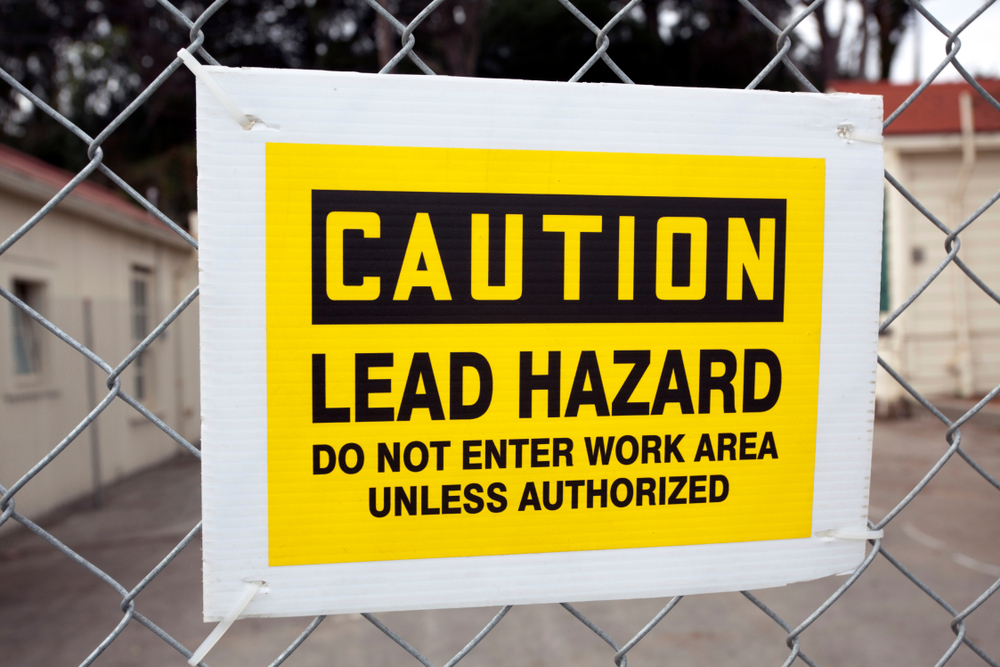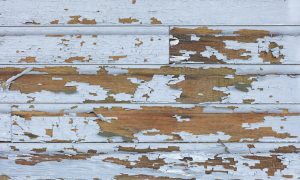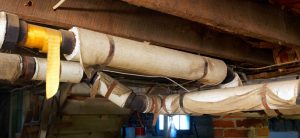Lead abatement occurs when someone needs to permanently remove lead from a site, building, or property.
This process is required for the safety of workers, customers, and the public who spend time in the building because lead is a public health hazard.
Lead exposure can cause a variety of health problems, according to the U.S. Centers for Disease Control.
Over time, someone exposed to lead may experience:
- Abdominal pain
- Constipation
- Depression
- Distractions
- Forgetfulness
- Irritability
- Nausea, vomiting, and sickness.
Less obvious signs of lead exposure may be:
- High blood pressure
- Kidney disease
- Heart disease
- Reduced fertility
- Cancer
Lead poisoning happens when someone is exposed to very high levels of lead over a short period of time.
A person may feel:
- Tired
- Headachy
- Loss of appetite
- Loss of memory
- Weakness and fatigue
- Pain or tingling in the hands or feet
- Abdominal pain
- Constipated
- Irritable
In children, lead exposure can cause:
- Damage to the brain and nervous system
- Learning and behavior difficulties
- Hearing and speech problems
- Slowed growth and development
- Lower IQ
- Attention span problems
- Underperformance in academics.
Overall, lead causes long-term effects for humans that are difficult to diagnose and reverse.
This wide range of symptoms means lead is a public health hazard, and it should be handled appropriately through effective lead abatement.
Humans can absorb lead through their skin, digestive system, or lungs. The body absorbs lead more readily through breathing it in, typically through dust particles containing lead due to chipped or peeling paint disturbed by human activity.
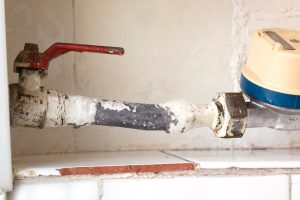
The most common source of lead comes from paint used in buildings constructed before 1977. The older the building, the more likely lead-based paint was used during the initial construction. For example, homes built before 1940 are 87% likely to contain lead, while structures built between 1940 and 1959 are 69% likely to contain lead, according to the EPA. The percentage drops to 24% in homes built between 1960 and 1977.
Lead-based paint may be found on:
- Walls
- Doors
- Window sills and structures
- Cabinets
- Ceilings
- Siding
- Metal components
The federal government banned consumer use of lead-based paint in 1978. Around 24 million homes still contain lead-based paint with elevated levels of lead-contaminated house dust.
Older commercial buildings may have lead in pipes, faucets, and solder because it was a common construction material for pipes up until 1986 when Congress amended the Safe Drinking Water Act.
More than 99% of all publicly supplied water contains less than 0.005 parts per million parts of lead. But this doesn’t account for lead pipes in older buildings that take in water from municipal pipes.
Lead abatement companies are most concerned with the paint and pipes in older buildings when it comes to removing this hazardous material.
Government agencies on the state or federal level can order lead abatement ahead of approving permits for building occupation and operation. Typically, licensed contractors know to enact lead abatement per federal regulations during a renovation project.
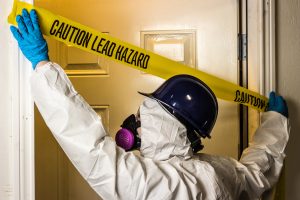
Lead abatement follows one or a combination of four main protocols:
- Enclosure
- Replacement
- Removal
- Encapsulation
Enclosure means covering lead-based paint with a wall covering approved for lead abatement.
Replacement includes completely removing a door, window, molding, fixture, nonstructural wall fixture, or pipe by completely replacing it with an item that does not contain lead.
Removal occurs when lead abatement specialists completely remove lead-based paint from surfaces, particularly on load-bearing walls or structural members that can’t be removed because it would cause instability. Since lead paint can easily turn to dust from paint, contractors must wear approved respirators that keep dust particles out of their lungs while using vacuum apparatus with HEPA filters when cleaning up paint.
Encapsulation happens when contractors cover and then seal an affected area to prevent humans from exposing themselves to lead.

Per the Code of Federal Regulations, workers must wear the following PPE when performing lead abatement to prevent exposure greater than 50 micrograms of lead per cubic meter of air over an eight-hour period:
- Full facepiece respirators to prevent both lung and eye irritation.
- Coveralls or similar full-body work clothing
- Gloves
- Hats
- Shoes or coverlets
Further, any clothing must be laundered properly following exposure to lead. Employers must provide for the cleaning, laundering, or disposal of clothing contaminated with lead in a dedicated changing room. The clothing must go into a properly labeled container warning anyone that it harbors material exposed to lead contamination.
Yes, to a point.
This method only works if the lead-based paint is in good condition. If the paint is peeling, this method is not recommended. Plus, you must use a paint approved for covering or encapsulating lead paint.
Yes, although state requirements vary. The EPA requires certification and training by the federal agency or an authorized state.
What typically happens is that workers must attend training by an accredited provider to teach individuals the proper process for lead abatement. Some state licenses must be renewed after a certain time, while others require regular inspections of lead abatement companies to ensure compliance.
If concentrations of lead are above 5 parts per million, or in some cases 100 parts per million on a mass basis, companies must follow hazardous waste protocols when disposing of lead-contaminated items. This means companies can’t just throw away these items in the trash.
Transporting these hazardous materials must follow protocols to prevent public exposure after removing lead from a site.
Yes, and this typically happens daily.
Companies usually record how much material was removed, methods used, workers on site, and where the hazardous waste was taken.
The government recommends trisodium phosphate (TSP) cleaners to remove lead-contaminated dust (LCD) from paint. However, this substance has its own hazards because the TSP turns into lead phosphate, which still needs to be removed from the site ahead of a renovation project.

Only licensed and certified companies should perform lead abatement for your site due to the risks to public health and safety.
Environmental Demolition Group is a leading service provider for hazardous and non-hazardous waste disposal and removal, including lead abatement, before your renovation project can move forward.
Contact our office or call 859-363-4863 to learn more about our safety procedures, licenses, and protocols for lead abatement.

